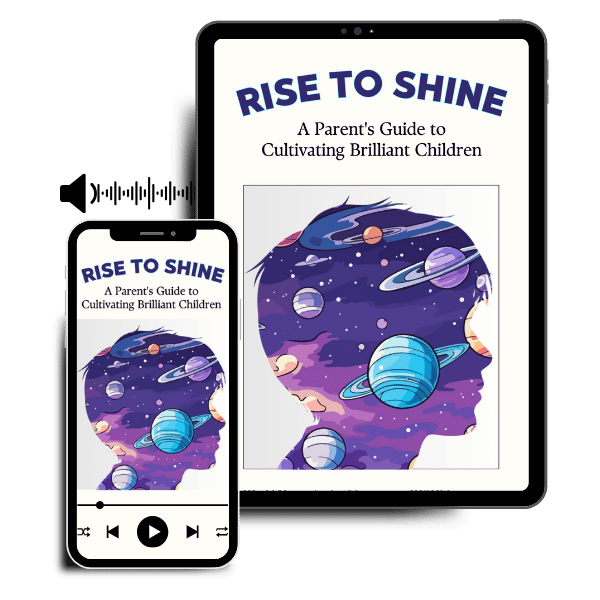How to Identify and Respond to Your Child’s Love Language


Have you ever felt like you’re speaking a different language than your child? You’re showering them with hugs and kisses, but they crave quality time. You’re showering them with gifts, but they long for words of affirmation. This disconnect often stems from different “love languages,” the way we each prefer to receive and express love.
Understanding your child’s primary love language can be transformative in your relationship. It’s like having the key to unlock their emotional world, allowing you to connect on a deeper level and foster a stronger bond.
So, how do you decipher this hidden code? Let’s embark on a journey of discovery, exploring the five love languages and unveiling strategies to identify and respond to your child’s unique needs.
Dr. Gary Chapman, in his bestselling book “The 5 Love Languages,” outlines five distinct ways individuals express and experience love:
The journey to understanding your child’s love language begins with observation. Pay close attention to how they:
Remember, children may not have a single dominant love language. They might value a combination of languages, with one being slightly more prominent.
“Speak their language, unlock their hearts”
-WOHM
Once you understand your child’s love language, you can tailor your actions to ensure they feel loved and valued. Here are some ways to respond to each love language:
Related Reading: Best Mother-Son Bonding Activities for All Ages
Related Reading: Hugging Our Children: The Power of Physical Affection
Remember, consistency is key. Regularly expressing love in your child’s primary language will strengthen your bond and create a foundation for a loving and fulfilling relationship.
Understanding your child’s love language is a powerful tool for building a strong and lasting bond. By speaking their language, you can show them your love in a way that resonates with them, leaving them feeling cherished and secure. This fosters a sense of emotional well-being, boosts their self-esteem, and encourages positive behavior.
Discovering your child’s love language is a journey, not a destination. Be patient, observe their behavior, and communicate openly. Once you unlock their code, you’ll be amazed by the depth of love and connection you can create together. Remember, the most important gift you can give your child is your unconditional love, expressed in their unique language of the heart.

Nefise is a rewarded content creator and honored master degree clinical psychologist, specializing in CBT and EMDR therapy. She is renowned for her work with children affected by natural disasters and autism.

Get Your Resources to Your Email Now!
Comment (1)
ruth
i want to receive updates in my mail